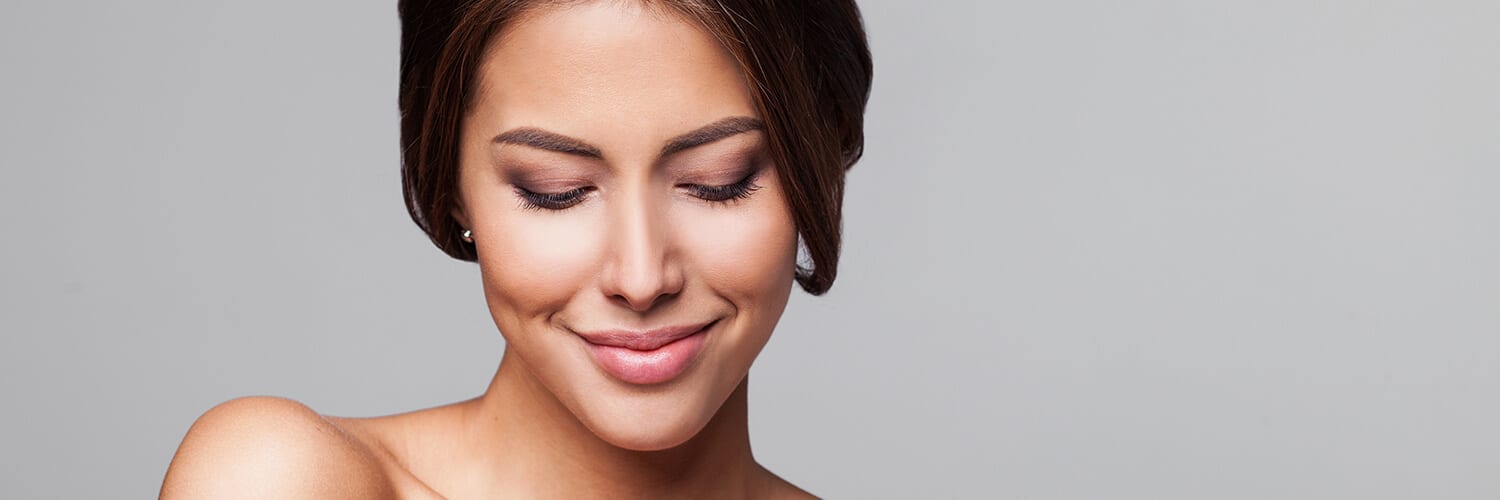
What Is rhinoplasty?
Rhinoplasty is a physical alteration of the nose, including:
- Altering the angle between the upper lip and the nose
- Changing the shape of the tip or the bridge
- Increasing or reducing the size of the nose
- Narrowing the span of the nostrils
Rhinoplasty is performed for one of two reasons:
- Cosmetic purposes, like dissatisfaction with the size/shape of the nose
- Medical conditions, such as breathing problems from a deviated septum
- Some combination of the two
 How Is Rhinoplasty Performed?
How Is Rhinoplasty Performed?
For cosmetically related procedures, the surgeon usually enters the surgical site through the inside of the nostril rims and trims down the bump or tip of the nose. Then the bridge of the nose is flattened by cutting and resetting the nasal bones. After that, the shape of the nose is contoured accordingly and the nose is stitched up.
If rhinoplasty is being performed to correct a medical condition, a variety of reconstructive approaches may be used, depending on what is being addressed. Dr. Citron will work hand-in-hand with patients to determine what option may best suit their needs.
Open Vs. Closed Rhinoplasty
When performing a Rhinoplasty surgery, it is important to know the difference between a closed, and open Rhinoplasty. In a closed Rhinoplasty, almost all of the surgery is performed through the nostrils so there can be no external scarring. While an open Rhinoplasty is when the surgeon makes a small incision at the base of what is called the columella, which is the strut of tissue between the nostrils, which then the skin is elevated off of the cartilage. The surgeon then begins to alter the cartilage shape.
 Improve Your Breathing
Improve Your Breathing
While a Rhinoplasty’s main goal is to improve the aesthetic look of your nose, endoscopic sinus surgery can be performed in conjunction with a Rhinoplasty. Patients with A deviated septum usually have a hard time breathing, which in such cases, the entire Rhinoplasty procedure can help treat breathing problems while also improving appearance.
What Are Some Of The Risks I Could Face From A Rhinoplasty?
Usually, complications from a rhinoplasty are extremely rare and when they occur are only minor. Surgical risks may include an infection or adverse reaction to anesthesia. some specific risks include:
- Recurring Nosebleeds
- Difficulty Breathing
- Permanent numbness in or around the nose
- Persistent pain
- Discoloration of the skin around or on the nose
- Scarring
- And Perforation of the Nasal Septum
It’s possible that one Rhinoplasty surgery may not fully satisfy a patient. That’s why at Citron & Citron, we also offer revision Rhinoplasty.
Revision Rhinoplasty
Sometimes one round of Rhinoplasty surgery may not completely fix or correct the issues, which is why we offer a revision Rhinoplasty. The revision corrects any deformities caused by a previous operation on the nose. Although it is a more difficult procedure than the traditional rhinoplasty, our highly skilled surgeons can both improve the appearance or function of your nose.
 What Is The Recovery Like Following A Rhinoplasty?
What Is The Recovery Like Following A Rhinoplasty?
Depending on what work is being done, a splint may be placed on the bridge of the nose for several weeks to avoid injury and minimize movement while the patient sleeps. A triangle bandage may also be placed under the nose as well as soft splints placed in the nostrils.
There is typically minor bruising and swelling that can be treated with medication, and stitches can come out about a week later during a follow-up visit. Afterward, patients can usually resume normal activity but should not exercise, wear glasses or spend a lot of time in the sun for the next four to six weeks.
Black eyes may appear but normally resolve on their own within seven to 10 days.
Schedule A Consultation
For more information about rhinoplasty or to schedule a consultation, call us at 973-243-2300 or contact us today.
